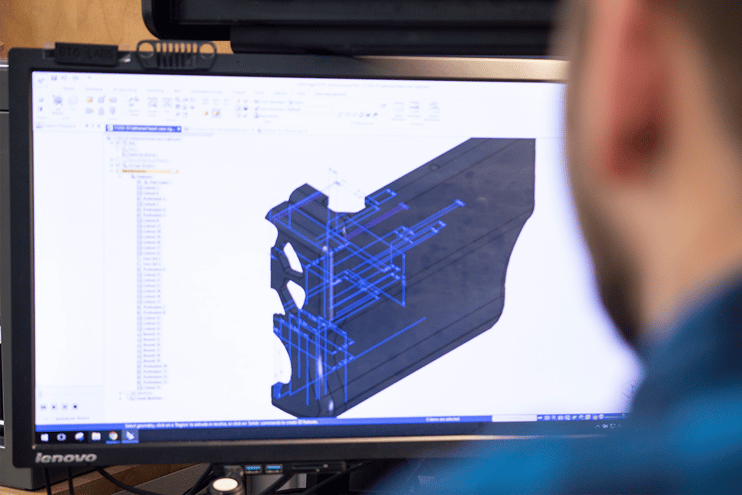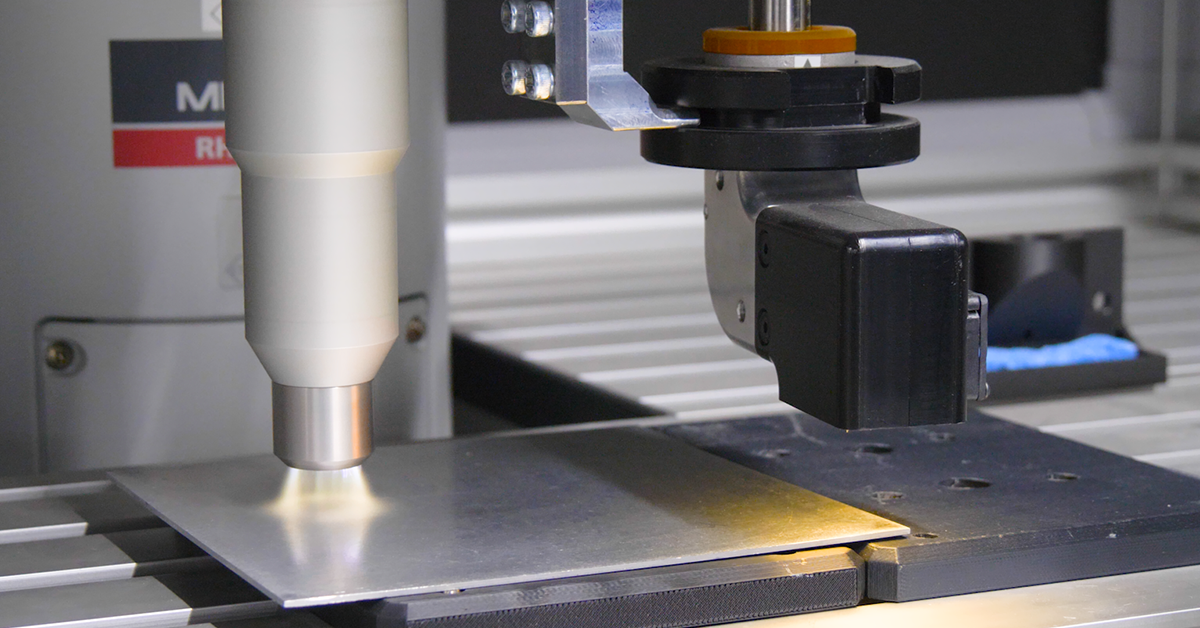New Product Development is an essential component to the successful growth of companies that always challenge themselves to improve and innovate. Getting this design stage right is pivotal in that it sets in motion everything the product will be and how well it will perform.
Yet, many new products never scale to production or get shuttered quickly after going to market and experiencing detrimental setbacks like recalls and returns.
For manufacturers concerned with adhesive bonding, coating, printing, painting, sealing, laminating, or cleaning, controlling the adhesion process and securing surface quality at the earliest stages is crucial. Developing the adhesion process with critical surface quality in mind helps avoid product failures due to inconsistent and inadequate adhesion.
So, where to begin? When developing a surface preparation process for new products, there are five things that must happen to build predictability and reliability into the process.
Revolutionize Your Manufacturing with Surface Quality Inspection Technology.
1. Select Your Material System
In order to create the best process for manufacturing a new product, the performance requirements of the bonds or coatings, or cleanliness, need to be decided upon. In conjunction with this decision is the choice of what materials to use. The substrates and adhesives, coatings, inks, or paints that will need to adhere to one another need to be chosen with predetermined performance requirements in mind. Watch the video below as Bill Buschle, Ph.D., speaks to the crucial step of choosing an adhesive.
When selecting these elements, it is necessary to understand how they interact. Different materials, like various metals and polymers, have varied inherent chemical characteristics that need to be modified and controlled so the most ideal bond can be achieved. Adhesion is fundamentally a chemical reaction that occurs at the top 2-3 layers of molecules on a surface. The molecules existing on the bond surface can make or break perfect adhesion, so it is mandatory that these are understood and controlled as it relates to the particular materials being used.
2. Identify the Ideal Adhesion Process
Once the materials have been determined and their inherent chemistry is understood, then the steps to create the most adhesion-ready surface can be implemented.
Working backward from the final adhesion step, where the actual bond is created, and the product is assembled, all of the preparation steps of the material surface need to be carefully chosen and implemented. The characteristics of the material itself will determine many of the decisions around what kind of surface preparation is needed. For instance, metals have innately high surface energy (i.e. the surfaces of metals are more chemically reactive and ready to bond when they are free of debris), and polymers typically have a lower surface energy (i.e. the surfaces of polymers are more inert and require some kind of activation to create a chemically responsive surface for bonding to).
The crucial question that needs to be asked when choosing the steps that will populate a surface preparation process is: what is the purpose of each surface preparation procedure?
The answer to that question holds the key to unlocking the full efficiency of your adhesion process.
It is not uncommon for manufacturers to answer the question “Can you explain why you plasma treat your surface?” with some variation of “Because that’s industry standard now and because it seems to be working.”
Those aren’t the most compelling reasons to include a step in a production process when you consider the ramifications of adhesion failure beginning to occur, even though nothing seems to have changed with the preparation process.
Similarly, later on, when failures occur, manufacturers will often insert new steps into the process, like hand-wiping or another pass through an industrial washer, in an attempt to get the surface cleaner. These may or may not be necessary. The reason is not all surfaces are chemically altered in the proper way by cleaning or treatment steps. An extra cleaning step does intuitively seem like it would get the surface cleaner and, therefore, more ready for adhesion. This is not necessarily the case. When the causes of adhesion failure are invisible to the naked eye, the solutions are not always obvious. It is difficult to know when a surface has been fully prepared.
If manufacturers understand what each surface preparation operation will do to their surface before building out the line, they can have confidence that they have constructed a process that will result in adhesion failure-free products.
3. Determine Optimum Surface Prep Parameters
To ensure that every surface preparation step is effectively creating a more chemically clean surface, each operation needs to be fully optimized in a highly controlled lab environment.
Setting out the most ideal surface preparation in a laboratory setting will allow for variables to be identified and accounted for.
The amount of time a part spends in an industrial washer, the standoff height of a plasma nozzle, the cleaning fluids in a vapor degreaser, and many more parameters need to be controlled and optimized to get the ideal results.
4. Scale Up to Production
Not every variable that comes into play at the production level will be able to be compensated for in a lab setting. It’s important to test the findings of the lab on the production line and make adjustments to the parameters so the material surfaces are still being properly prepared.
At this point, it’s crucial to look at all the places where the surface may have an opportunity to be altered, intentionally or not. These are called the Critical Control Points of the adhesion process. There needs to be a quantitative measurement of surface quality at each Critical Control Point so every variable can be controlled and the causes of adhesion failure can be stopped at the source. Many of these cannot be accounted for fully in the research lab.
- The incoming state of the surface when the materials arrive at the facility, needs to be known.
- Environmental contamination due to proximity to other operations that use aerosols or operators moving among different lines and processes.
- Contaminating from material handling
- Contamination from storage time and storage packaging
- Before and after every surface manipulation step
The measurements of surface quality that need to happen at each Critical Control Point need to be done with a device that is sensitive enough to detect molecular contamination, is repeatable, and correlates to the instrumentation that was used to characterize the ideal surfaces for adhesion. That way, you can be confident that when it comes time to bond, print, coat, paint, or seal, you will get the same level of success that was achieved in the lab.
5. Make the New Product and Monitor the Surface
Once the initial legwork has been done, the only thing left to do is put the process in motion and make sure it goes according to plan.
In order to monitor and manage your adhesion process, implementing the device that was described above at each Critical Control Point is the best way to stay aware of any unforeseen changes. When the surface quality is evaluated on a consistent basis, and there are proven specifications in place, then any deviation from this norm will be easily detected. When new products are being developed and first put into production, the ability of manufacturers to act quickly and with precision to changes is essential.
Rethink your adhesion manufacturing processes with Surface Intelligence.
Manufacturers need to begin with the end in mind. Every surface preparation step that is implemented needs to be done so with thoughtfulness about what is actually happening to the surface and how it is helping achieve the ultimate goal - failure-free products. With the right materials, the right steps, the right control, and monitoring, predictable adhesion can be ensured every time.
To learn more about how to stop adhesion problems before they start and get to the source of these issues, download the “Checklist: Adhesion Failure Root-Cause Analysis for Manufacturers” eBook. It’ll give you a pathway to full control of your adhesion process.





